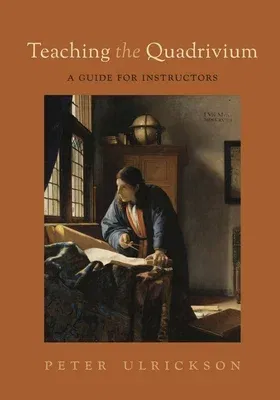Reviving an educational tradition involves a double task. A new
generation of students must be taught, and at the same time the teachers
themselves must learn. This book addresses the teachers who seek to hand
on the quadrivium-the four mathematical liberal arts of arithmetic,
geometry, music, and astronomy-at the same time as they acquire it.
Two components run in parallel throughout the book. The first component
is practical. Weekly overviews and daily lesson plans explain how to
complete the study of A Brief Quadrivium in the course of a single
school year, and suggestions for weekly assessments make it easy to plan
tests and monitor student progress. The second component is directed to
the continuing education of the teacher. Short essays explore the
history, philosophy, and practice of mathematics. The themes of these
essays are coordinated with the simultaneous mathematical work being
done by students, allowing the teacher to instruct more reflectively.
Some users of this book are confident in their grasp of mathematics and
natural science. For them, the essays will clarify the unity of
mathematical activity over time and reveal the old roots of new
developments. Other users of this book, including some parents who
school their children at home, find mathematics intimidating. The clear
structure of the lesson plans, and the support of the companion essays,
give them the confidence to lead students through a demanding but doable
course of study.
The British mathematician John Edensor Littlewood remarked that one
finds in the ancient mathematicians not "clever schoolboys" but rather
"Fellows of another College." This guide invites all teachers of the
quadrivium to join the enduring mathematical culture of Littlewood and
his predecessors, and to witness for themselves the significance and
vitality of a tradition as old as Pythagoras.

